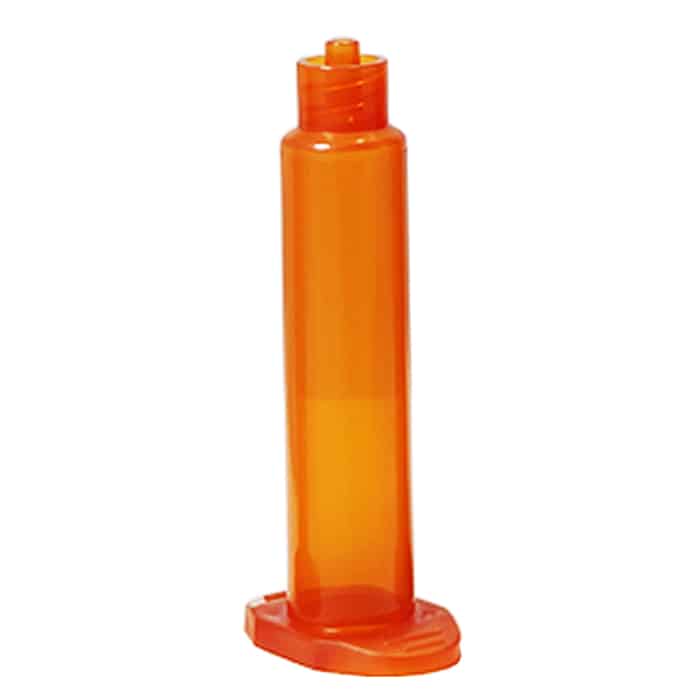The syringe barrel is a cylindrical container designed to hold and dispense a precise amount of liquid or semi-liquid material. It is a crucial component in various industries, including healthcare, pharmaceuticals, electronics, automotive, and more. There are two primary types of syringe barrels: regular syringe barrels and dual cartridge syringe barrels. Let’s explore each type in detail:
Syringe Barrel:
The regular syringe barrel is a simple, single-chambered cylindrical tube with a plunger at one end. The barrel is typically made of plastic or glass, and the plunger is used to push or withdraw the liquid contents from the barrel through a nozzle or a needle attached to the other end. Syringe barrels come in various sizes, ranging from a few milliliters to several ounces, depending on the application.
Key features of regular syringe barrels:
-
Graduations:
Many syringe barrels have graduated markings along their length, enabling accurate measurement of the liquid volume dispensed or withdrawn.
-
Luer Lock or Luer Slip:
Syringe barrels usually have a Luer Lock or Luer Slip connection at the nozzle end, allowing easy attachment of needles, tips, or dispensing nozzles.
-
Disposable or Reusable:
Syringe barrels can be either disposable or reusable, depending on the application and requirements.
-
Applications:
Regular syringe barrels are commonly used in medical settings for administering medications, vaccinations, and other healthcare procedures. They are also used in laboratories, industrial settings, and hobbies, such as arts and crafts.
Dual Cartridge Syringe Barrel:
The dual cartridge syringe barrel, also known as a dual-component or two-component syringe barrel, consists of two separate compartments or chambers, each designed to hold a different material. The two materials are typically adhesive resins, sealants, epoxies, or other reactive substances that need to be mixed just before dispensing.
Key features of dual cartridge syringe barrels:
-
Dual Chambers:
The syringe barrel has two compartments, usually side by side, each holding one of the materials. These compartments are kept separate until the material is ready to be dispensed.
-
Static Mixing:
When the plunger is pressed, both materials are forced through a static mixing element inside the nozzle. The mixing element ensures thorough and consistent blending of the two components just before application.
-
Disposable:
Dual cartridge syringe barrels are usually disposable to prevent any risk of cross-contamination between different materials.
-
Applications:
Dual cartridge syringe barrels are widely used in various industries, including construction, automotive, electronics, and manufacturing. They are particularly beneficial for applications where precise and accurate mixing of two-component materials is critical, such as in adhesive bonding or sealant applications.
Conclusion:
Syringe barrels are versatile and essential tools for dispensing and applying various liquid materials accurately and efficiently. Regular syringe barrels are commonly used for single-component applications, while dual cartridge syringe barrels offer a precise solution for mixing and dispensing two-component materials. Whether in medical, industrial, or hobbyist settings, the appropriate choice of syringe barrel ensures efficient and precise material handling for a wide range of applications.


